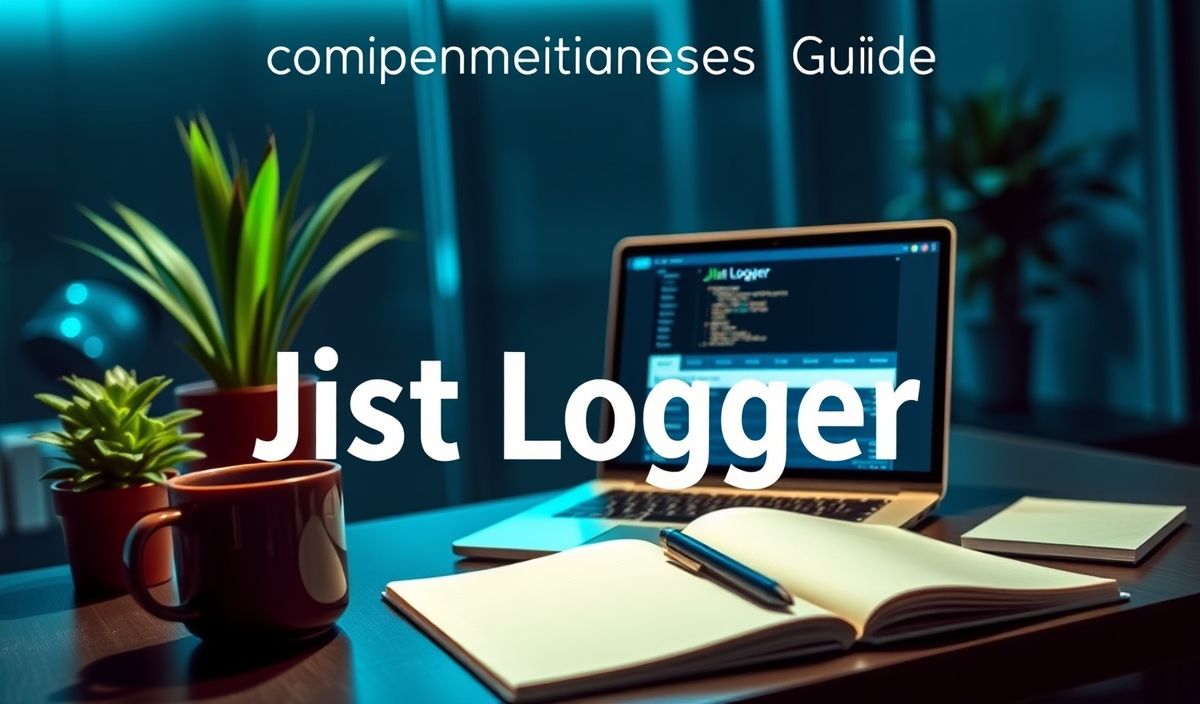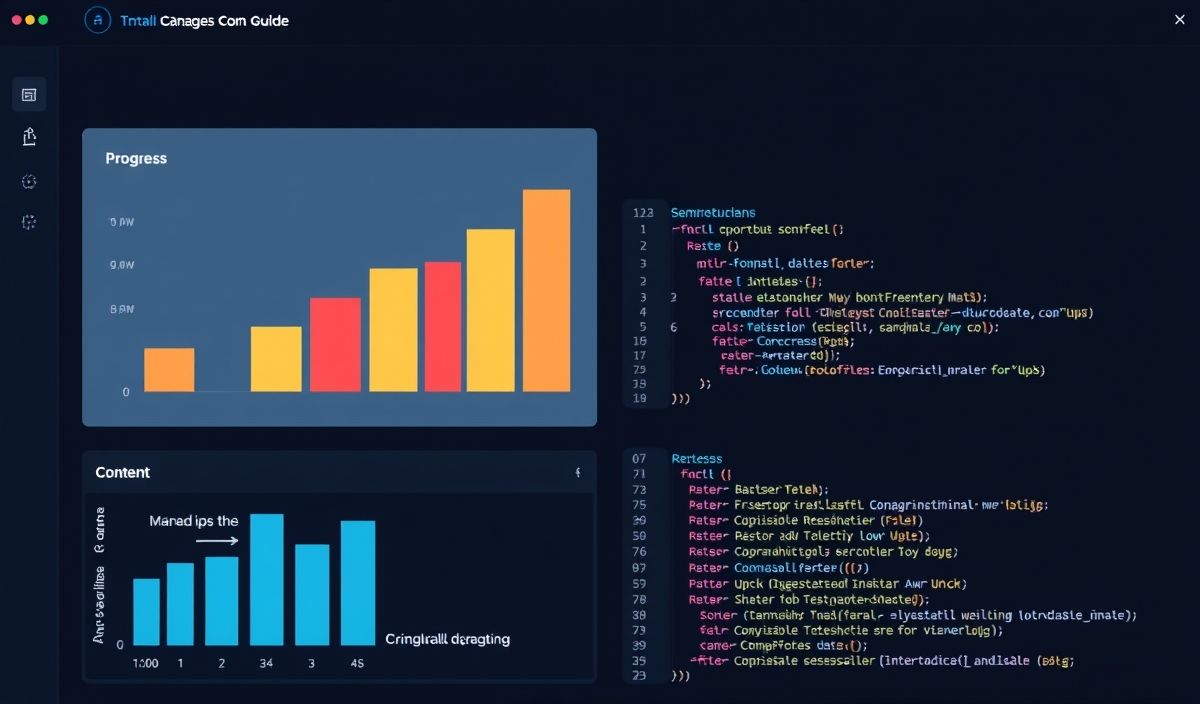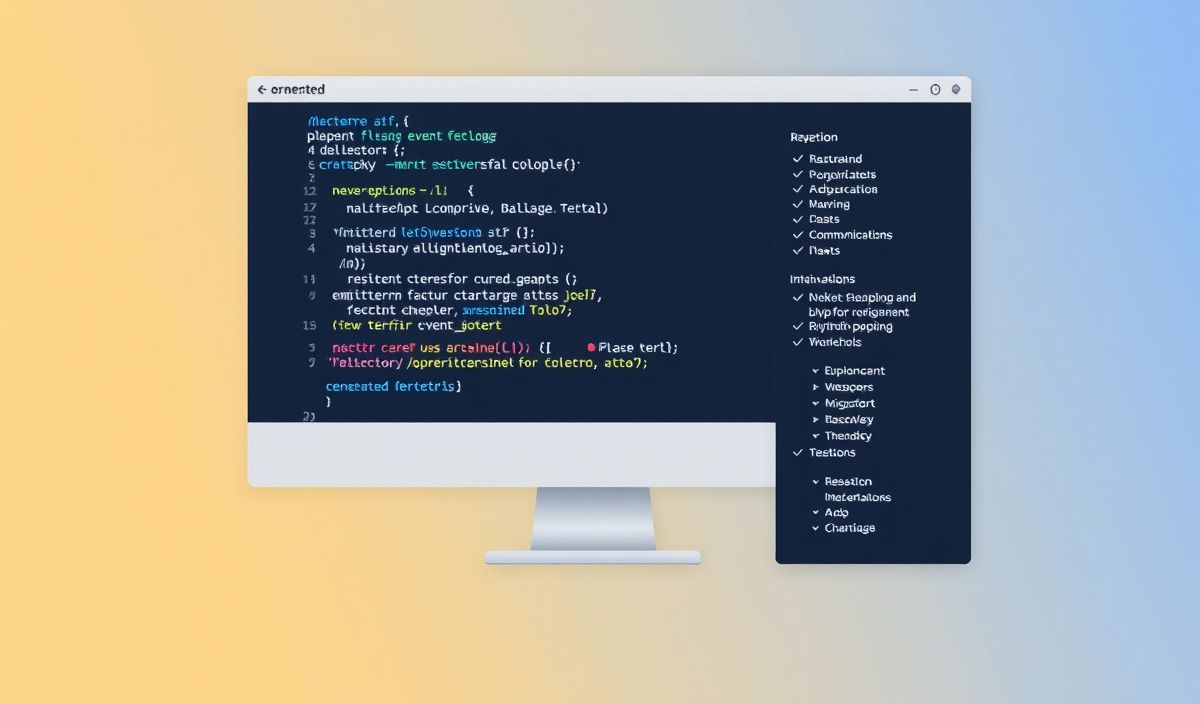Introduction to Charset Normalizer
charset-normalizer is a highly useful Python library for detecting and normalizing character encodings. Whether you are dealing with text files, APIs, or any system that requires precise encoding detection, charset-normalizer is your go-to solution. It helps ensure data integrity and eliminates encoding-related issues.
In this guide, we will explore the key APIs provided by charset-normalizer, complete with code snippets and a sample app to demonstrate its real-world applications.
Key APIs and Usage
1. Detecting Character Encoding
The from_bytes() function allows you to detect the encoding of byte data.
from charset_normalizer import from_bytes
byte_data = b'\xe4\xbd\xa0\xe5\xa5\xbd' # "你好" in UTF-8
detection_results = from_bytes(byte_data)
for result in detection_results:
print(f"Detected encoding: {result.encoding}, Confidence: {result.percent_compatible}%, Decoded content: {result.decoded_payload}")
2. Detecting Encoding from Files
The from_path() API detects the encoding of text files.
from charset_normalizer import from_path
file_path = 'example_file.txt'
detection_results = from_path(file_path)
for result in detection_results:
print(f"File encoding: {result.encoding}, Confidence: {result.percent_compatible}%, Decoded content: {result.decoded_payload}")
3. Normalizing Character Encoding
The normalize() function ensures that the text is properly decoded and normalized into a target encoding like UTF-8.
from charset_normalizer import from_bytes
byte_data = b'\xe1\x9e\x85\xe1\x9e\x89\xe1\x9e\x9a'
detection_results = from_bytes(byte_data)
normalized_text = detection_results.best().decoded_payload
print(f"Normalized Text: {normalized_text}")
4. Encoding Compatibility Check
Check if a specific encoding works with your data using is_compatible().
from charset_normalizer import is_compatible
compatibility = is_compatible(b'Sample text', 'utf-8')
print(f"Is compatible: {compatibility}")
5. Converting Byte Data to Text with Specified Encoding
Manually decode byte data using the as_codec() helper function.
from charset_normalizer.models import CharsetMatch byte_data = b'\xf0\x9f\x98\x80' # Emoji in UTF-8 result = CharsetMatch(byte_data, "utf-8", None) print(result.decode())
6. Handling Multiple Encodings
If your data comes from diverse sources, you can use from_bytes() to evaluate all potential encodings.
from charset_normalizer import from_bytes
multi_encoding_data = b'\x61\x62\xc3\xa7ut\xc4\x8dok'
detection_results = from_bytes(multi_encoding_data)
for result in detection_results:
print(f"{result.encoding}: {result.percent_compatible}% Compatible")
Application Example: Encoding Aware File Reader
Below is a real-world application using charset-normalizer: an encoding-aware file reader.
import os
from charset_normalizer import from_path
def read_file_with_encoding_detection(file_path):
if not os.path.exists(file_path):
raise FileNotFoundError(f"File not found: {file_path}")
detection_results = from_path(file_path)
best_match = detection_results.best()
if best_match:
print(f"Detected Encoding: {best_match.encoding}")
return best_match.decoded_payload
else:
raise ValueError("Could not detect encoding with sufficient confidence.")
file_content = read_file_with_encoding_detection("sample.txt")
print("Decoded File Content:")
print(file_content)
Conclusion
With charset-normalizer, dealing with text encoding issues becomes a breeze. Use this library in your next project to streamline your text preprocessing workflows.
Happy coding!




